7 Days Rongai Route Kilimanjaro Trek
A unique and less crowded ascent offering stunning wilderness and a gradual acclimatization profile.
7 Days Rongai Route Trek Overview
Seeking a Kilimanjaro experience that prioritizes a gentler pace, diverse perspectives, and a quieter trail? The 7-Day Rongai Route is an excellent choice. Approaching Kilimanjaro from the less-visited northeastern side, this route offers a more remote and pristine trekking adventure. Its gradual ascent and varied landscapes make it well-suited for those seeking good acclimatization and a unique perspective of the mountain.
- Excellent Acclimatization: The 7-day itinerary allows for a steady increase in altitude, significantly aiding your body’s adjustment and increasing summit success.
- Untouched Wilderness: Experience the quieter, more remote side of Kilimanjaro with fewer crowds and a greater sense of solitude.
- Diverse Scenery: Traverse through distinct ecological zones, from fertile farmlands and pine forests to moorlands and the stark alpine desert.
- Summit from the East: Enjoy the unique experience of approaching Uhuru Peak from the northeastern side of the mountain.
- Experienced Support Team: Trek with knowledgeable guides and porters dedicated to your safety, comfort, and success.
- Authentic Mountain Camping: Immerse yourself in the natural beauty of Kilimanjaro by camping under the vast African sky.
Day 1: Nale Muru Gate to Simba Camp
- Elevation: 1,950m to 2,671m
- Distance: 7 km | Hiking Time: 3–4 hours
- Habitat: Farmland and Pine Forest Your trek begins at the Rongai (Nale Muru) Gate after registration. The trail gently winds through farmlands and then into a beautiful pine forest. This is a relatively easy day, allowing you to acclimatize to the initial altitude. Overnight at Simba Camp.
Day 2: Simba Camp to Kikelewa Camp
- Elevation: 2,671m to 3,630m
- Distance: 6 km | Hiking Time: 3–4 hours
- Habitat: Moorland Today, the trail becomes steeper as you leave the forest and enter the moorland zone. Enjoy the open landscapes and the increasing views. Kikelewa Camp is situated in a sheltered valley.
Day 3: Kikelewa Camp to Mawenzi Tarn Camp
- Elevation: 3,630m to 4,330m
- Distance: 9 km | Hiking Time: 5–6 hours
- Habitat: Moorland Continue ascending through the moorland, with the impressive spires of Mawenzi coming into view. The trail is generally less steep today. Mawenzi Tarn Camp is beautifully located beneath the dramatic cliffs of Mawenzi.
Day 4: Acclimatization Day at Mawenzi Tarn Camp
- Elevation: 4,330m
- Activity: A day for rest and acclimatization. You can take a short hike to explore the surrounding area and enjoy the stunning views of Mawenzi. This day is crucial for preparing your body for higher altitudes. Overnight at Mawenzi Tarn Camp.
Day 5: Mawenzi Tarn Camp to Kibo Huts
- Elevation: 4,330m to 4,703m
- Distance: 8 km | Hiking Time: 5–6 hours
- Habitat: Alpine Desert Today you cross the lunar-like landscape of the “Saddle” between Mawenzi and Kibo. The terrain is relatively flat but at high altitude. Kibo Huts is a basic stone shelter and your base for the summit attempt.
Day 6: Kibo Huts to Uhuru Peak to Horombo Huts
- Elevation: 4,703m to 5,895m (Uhuru Peak) down to 3,720m
- Distance: 21 km | Hiking Time: 10–15 hours
- Habitat: Arctic to Moorland The summit push begins around midnight. You’ll ascend in the darkness over steep scree and rocky paths to Gilman’s Point on the crater rim, then continue along the rim to Uhuru Peak—the highest point in Africa. After celebrating your achievement, descend back to Kibo Huts for a rest before continuing down to Horombo Huts.
Day 7: Horombo Huts to Marangu Gate
- Elevation: 3,720m to 1,860m
- Distance: 20 km | Hiking Time: 5–7 hours
- Habitat: Moorland and Rainforest Enjoy a relatively easy descent through the moorland and into the lush rainforest. At Marangu Gate, you’ll receive your summit certificate and meet your transport back to Moshi for a well-deserved rest.
What’s Included
- Licensed professional guides with wilderness first aid training
- Friendly, experienced porters and a personal cook
- Park fees, rescue fees, and government taxes
- All camping equipment (tents, sleeping mats, mess tent)
- Meals during the trek (breakfast, lunch, dinner)
- Clean drinking water throughout the climb
- 2 nights hotel accommodation in Moshi (before & after the trek)
- Airport transfers to and from Kilimanjaro International Airport (JRO)
Not Included
- International airfare
- Tanzania entry visa
- Travel insurance (required)
- Tips for crew (guides, porters, cook)
- Personal trekking gear (available for rent in Moshi)
Rongai Route Key Scenic Highlights
Farmlands and Pine Forests:
- Overview: The initial stages of the Rongai Route pass through cultivated farmlands and beautiful pine forests on the northeastern slopes.
- Experience: Enjoy the lush greenery and the sounds of nature as you begin your ascent, offering a different feel compared to the southern routes.
- Tip: Appreciate the local culture and the transition into the mountain environment.
Moorland Zone:
- Overview: As you gain altitude, the landscape transitions into open moorland characterized by tussock grass and giant heathers.
- Experience: Enjoy expansive views and the unique flora of this zone, often with sightings of interesting birdlife.
- Tip: Keep an eye out for the distinct plant species adapted to this high-altitude environment.
Kikelewa Caves:
- Overview: A notable landmark along the Rongai Route, these caves offer a glimpse into the geological history of the mountain.
- Experience: Explore the caves and the surrounding rocky landscape, providing a unique point of interest on your trek.
- Tip: Listen to your guide for insights into the formation and significance of these caves.
Mawenzi Tarn:
- Overview: A picturesque alpine lake nestled beneath the towering spires of Mawenzi peak, Kilimanjaro’s second-highest summit.
- Experience: Marvel at the stunning reflections of Mawenzi in the crystal-clear waters and the dramatic scenery of this area.
- Tip: This is a fantastic spot for photography and enjoying the raw beauty of the high-altitude environment.
Saddle between Kibo and Mawenzi:
- Overview: The high-altitude desert plateau that lies between the main summit (Kibo) and Mawenzi.
- Experience: Traverse this stark and dramatic landscape, offering incredible views of both peaks and the vastness of the alpine desert.
Tip: Be prepared for strong winds and changing weather conditions in this exposed area
Why Choose the Rongai Route?
- Excellent Acclimatization Profile: The gradual ascent over 7 days allows your body more time to adapt to the increasing altitude, which is crucial for preventing altitude sickness and maximizing your chances of reaching the summit.
- Quieter and More Remote: Compared to the more popular southern routes, Rongai offers a less crowded trekking experience, allowing for a greater sense of wilderness and tranquility.
- Unique Approach: Experiencing Kilimanjaro from the northeastern side provides different perspectives and landscapes that are not seen on other routes.
- Suitable for All Fitness Levels: While still a challenging trek, the gradual pace makes it a good option for hikers with varying levels of experience who are reasonably fit.
- High Summit Success Rate: The well-planned acclimatization schedule contributes to a higher success rate for reaching Uhuru Peak.
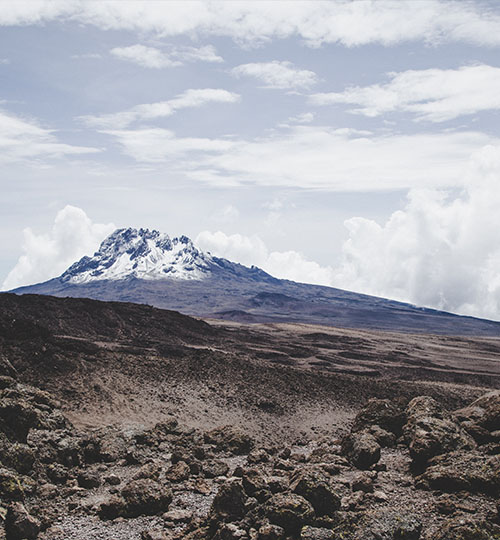
How does the Rongai Route's terrain vary throughout the climb?
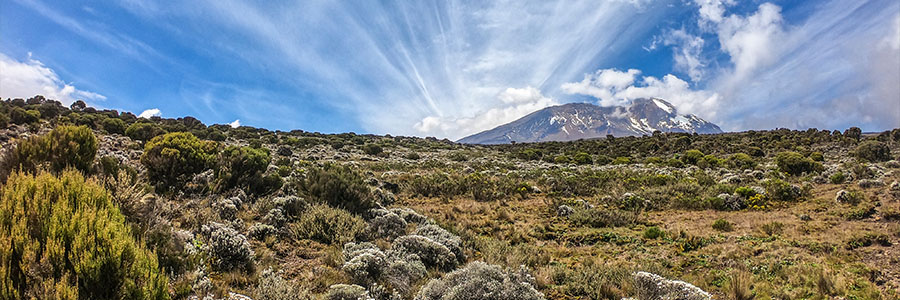
Farmland and Lower Montane Forest:
The trek starts near Nale Muru (around 1,950 m) with cultivated farmlands, well-maintained trails, and lush vegetation, offering a gentle incline and a pleasant introduction to local life.

Pine Forest and Upper Montane Forest:
As you ascend, farmland transitions to pine and upper montane forests with larger trees, featuring steeper, more rugged trails and the rich biodiversity and sounds of the forest.
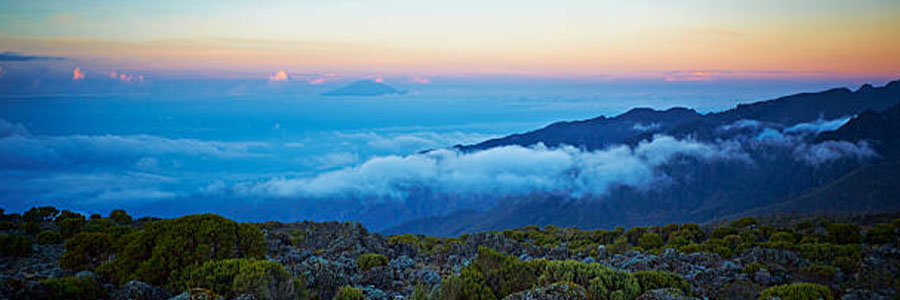
Moorland Zone:
From 2,600 m to 4,000 m, the forest gradually opens into the moorland zone with low-lying vegetation like tussock grass and giant senecios, offering wider panoramic views and unique high-altitude plant life along generally well-defined but occasionally rocky trails.
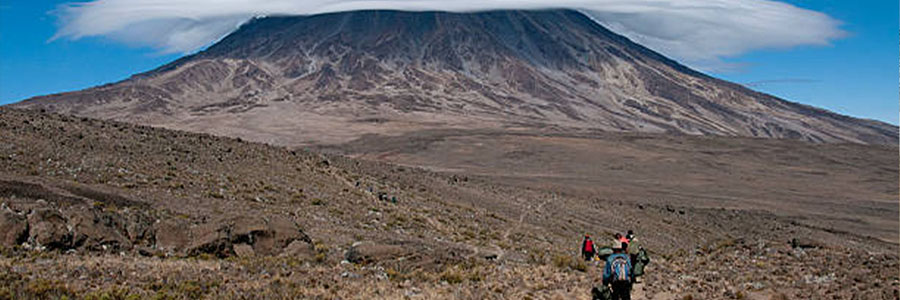
Alpine Desert Zone:
Above 4,000 m, the trek enters the stark alpine desert with sparse vegetation, rocky paths, and volcanic scree, presenting a challenging ascent due to thinner air and fluctuating temperatures, while landmarks like Kikelewa Caves may be encountered.
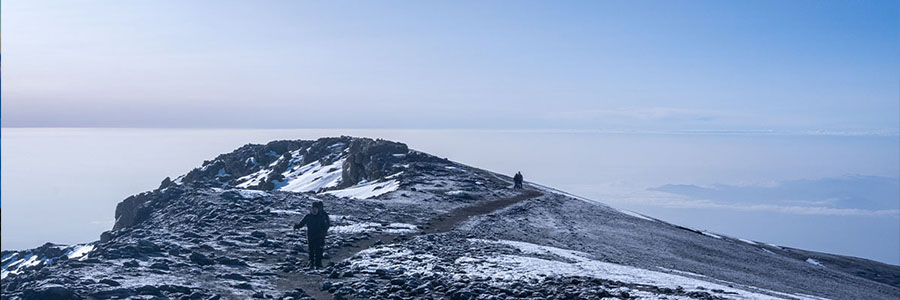
High Altitude Desert and Summit Zone:
The final ascent to Uhuru Peak (5,895 m) involves traversing rugged, high-altitude desert and steep, icy volcanic scree, making it the most physically demanding part of the trek that requires focus and proper gear for breathtaking views from the "Roof of Africa."
Preparing for Your Kilimanjaro Trek
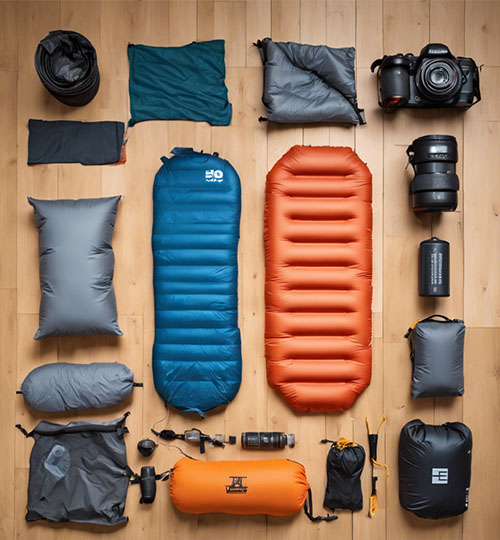
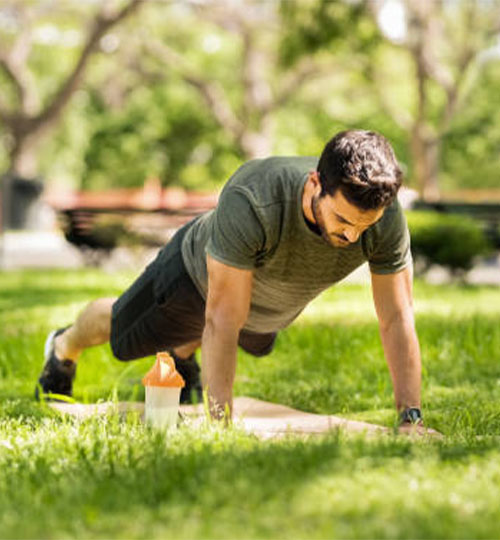
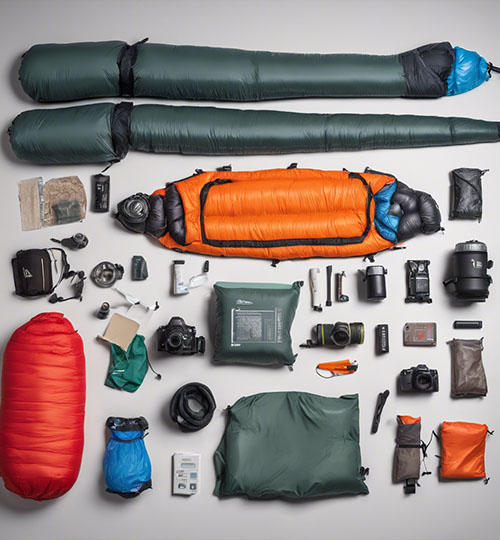

Fitness Tips:
• Begin a regular training routine at least 6–8 weeks before your trek.
• Focus on cardiovascular fitness (hiking, jogging, swimming) and leg strength.
• Practice walking on varied terrain, including uphill and downhill sections.
• Incorporate exercises to improve core strength and balance.
Packing Essentials:
Waterproof hiking boots with ankle support and warm layers (thermal base, fleece, insulated jacket)
Waterproof/windproof outer shell jacket, high-quality sleeping bag for -10°C or colder, and essential accessories (headlamp, trekking poles, gloves, sunglasses, sunscreen)
Why Trek With Us?
- Experienced Guides: Our knowledgeable guides are passionate about Kilimanjaro and dedicated to ensuring your safety and enjoyment.
- Small Group Sizes: We prioritize personalized attention with smaller groups, allowing for a more intimate and supportive trekking experience.
- Ethical Practices: We are committed to fair wages and good working conditions for our entire team, contributing to sustainable tourism.
- Safety First Approach: We conduct regular health checks, carry comprehensive first-aid kits, and our guides are trained in altitude sickness recognition and management.
Ready to Experience the Rongai Route?
Fill out our Inquiry Form to get started or schedule a free consultation with our Kilimanjaro trekking experts.
Frequently Asked Questions
What are theIs the Rongai Route difficult? pros of climbing the Marangu Route?
The Rongai Route is considered moderately challenging. Its gradual ascent aids acclimatization, but the summit day is still demanding and requires good physical and mental preparation.
Do I need previous high-altitude trekking experience?
Not necessarily. While experience is beneficial, many first-time high-altitude trekkers successfully complete the Rongai Route with proper training and a positive attitude.
What is the best time to trek the Rongai Route?
The best times are generally during the dry seasons: June to October and December to March. These periods offer the most favorable weather conditions.
How does the Rongai Route compare to the Machame Route in terms of difficulty?
Rongai Route is often considered slightly easier in the initial days due to its more gradual ascent. However, the summit day is equally challenging. Rongai generally has fewer crowds than Machame.
What if I experience altitude sickness on the Rongai Route?
Our guides are experienced in recognizing and managing altitude sickness. We monitor your well-being closely, and in case of severe symptoms, we have protocols for safe descent.
How difficult is the 7-Day Rongai Trek?
The 7-Day Rongai Trek is considered moderately challenging. While its gradual ascent aids acclimatization, the summit day is still physically demanding and requires good stamina. The terrain varies from gentle slopes to steeper, rocky sections, especially on summit day.
Is the 7-Day Rongai Route a good option for acclimatization?
Yes, the 7-day itinerary for the Rongai Route is excellent for acclimatization. The gradual increase in altitude over several days allows your body more time to adapt, significantly reducing the risk of altitude sickness and increasing your chances of a successful summit.
How does the Rongai Route compare to the Machame Route?
The Rongai Route is generally considered less crowded and offers a more remote wilderness experience compared to the popular Machame Route. The initial days of Rongai are often gentler, aiding acclimatization, while Machame is known for its scenic diversity and “climb high, sleep low” profile. Both routes are challenging and rewarding.
What kind of scenery can I expect on the 7-Day Rongai Route?
The Rongai Route offers diverse scenery, starting with farmlands and pine forests, transitioning into open moorland with unique flora, crossing the stark alpine desert “Saddle” between Kibo and Mawenzi, and culminating in the arctic conditions near the summit. You’ll also experience the beauty of Mawenzi Tarn.
What is the summit success rate for the 7-Day Rongai Route?
Due to the well-paced acclimatization offered by the 7-day itinerary, the Rongai Route generally has a good summit success rate for properly prepared and reasonably fit individuals. Following your guide’s instructions and staying hydrated are crucial factors.

